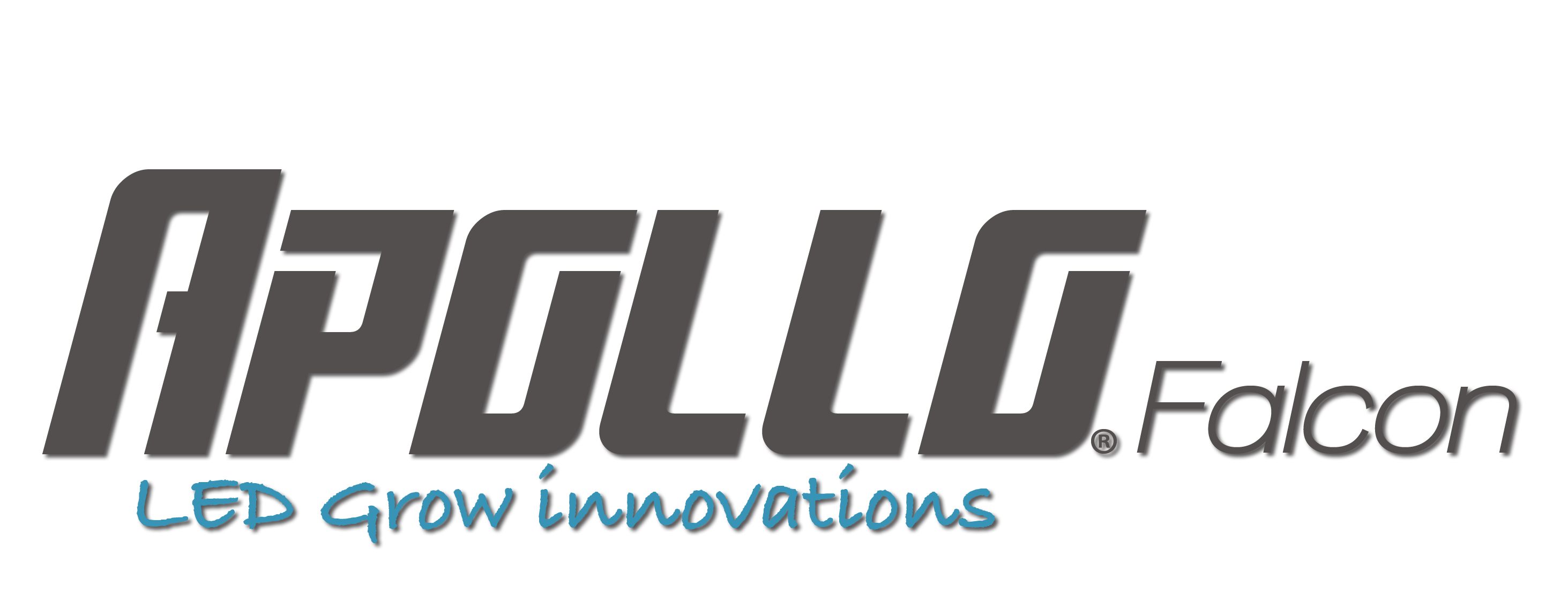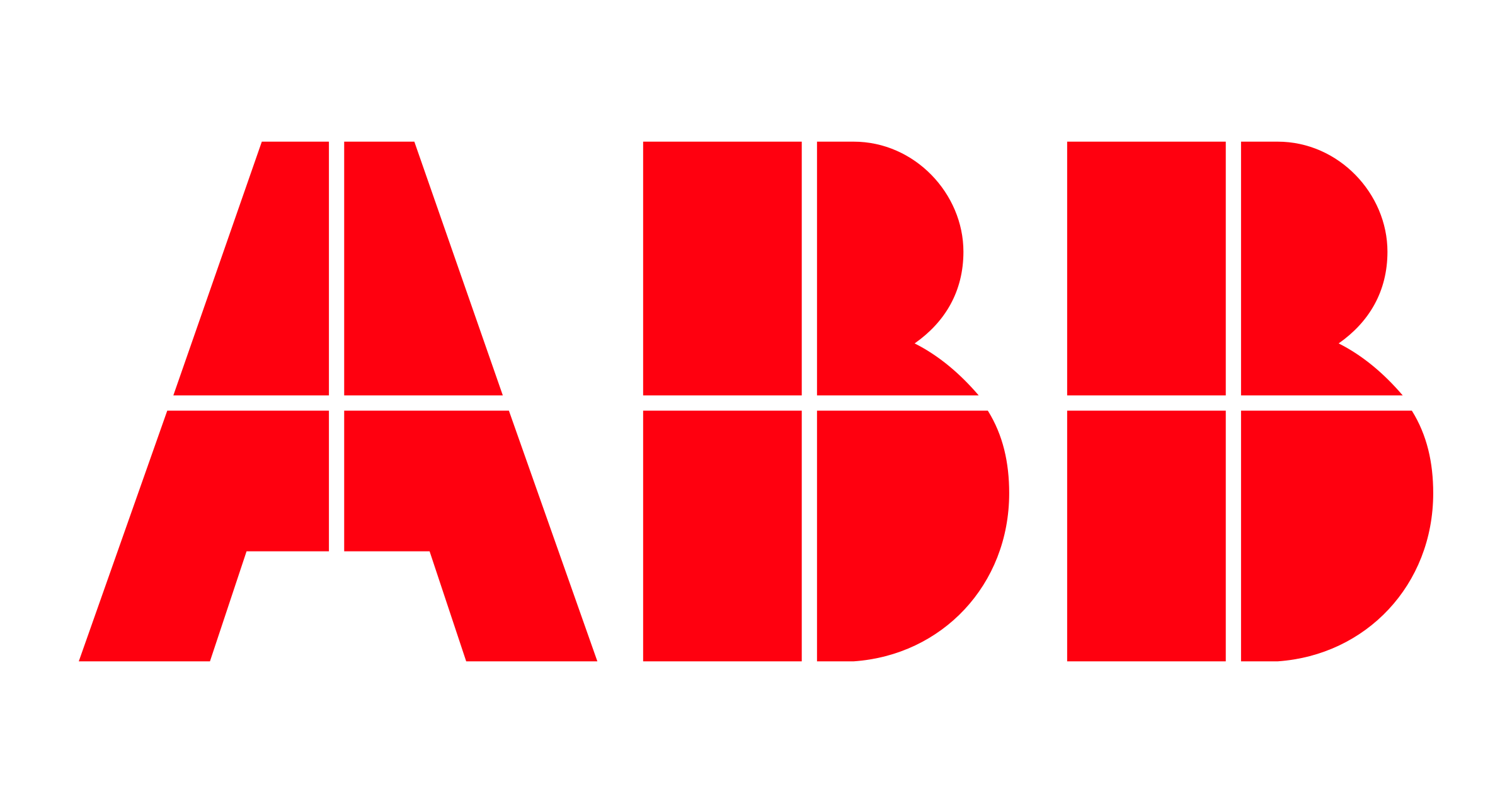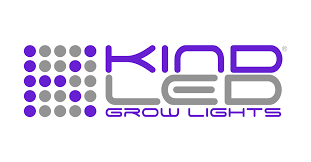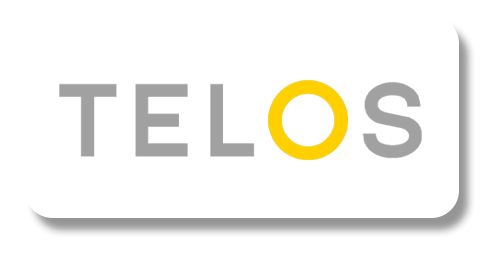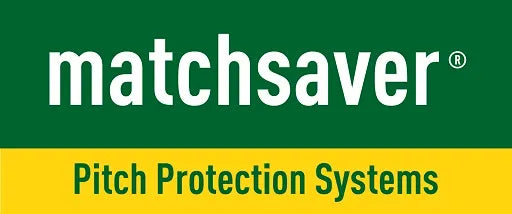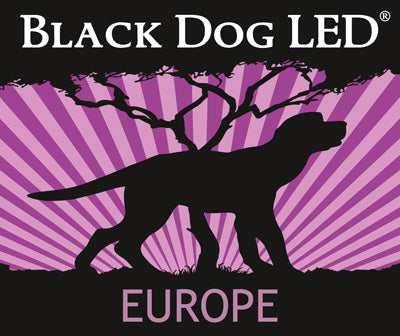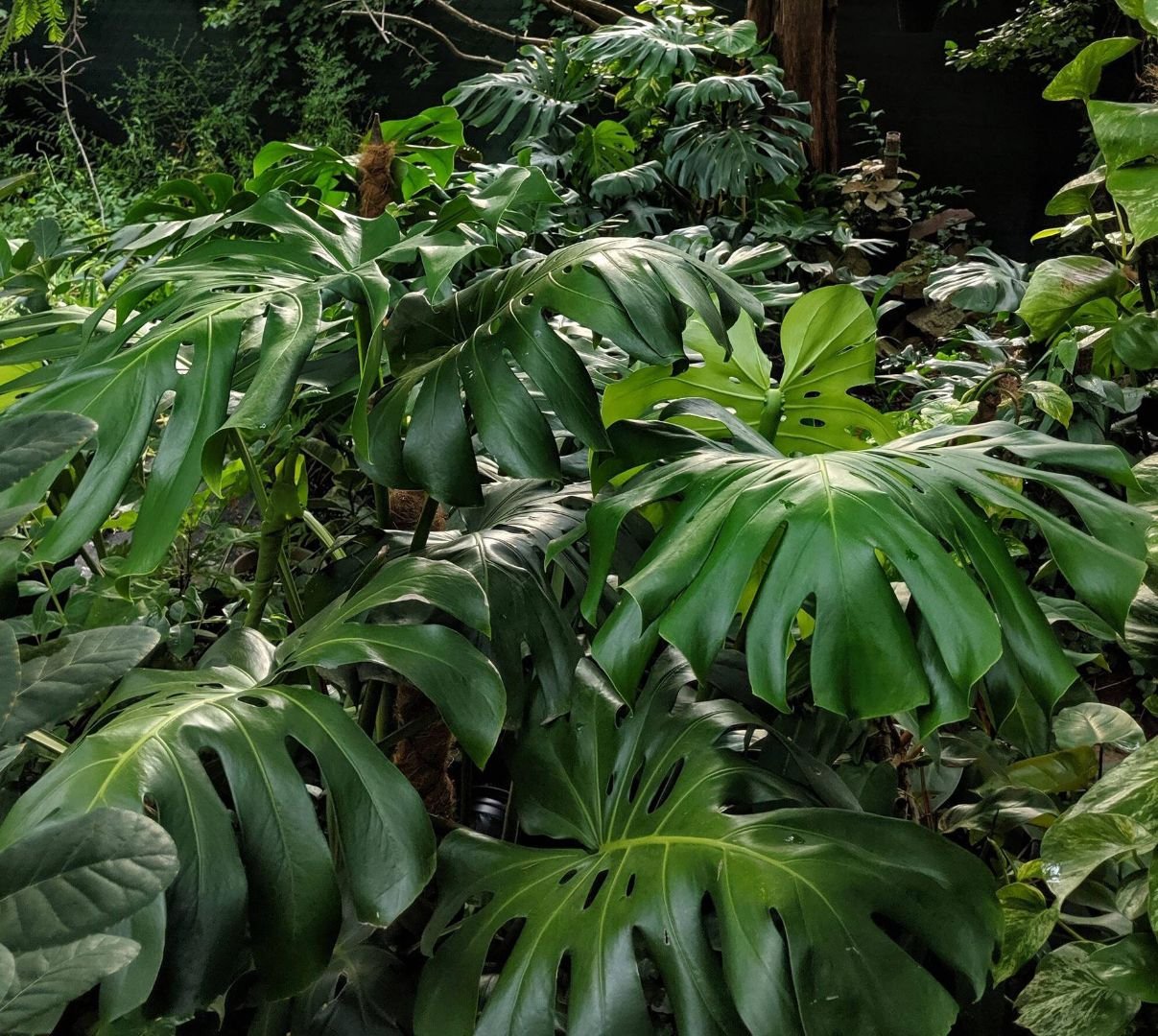
Choose the right LED grow lamp for your houseplant
Choose the right LED grow lamp for your houseplant
Nowadays, more and more house plants are being sold that do not actually fall under the name of house plants. They can be herb plants, vegetable plants or, for example, fruit trees. These new types of houseplants need more care than the "old -fashioned" house plants, we often get questions about this because the plant is doing less well than they had expected. A number of these problems can be devoted to the amount of light that a plant receives per day.
The "old -fashioned" house plants such as the Monstera Deliciosa and the Begonia are originally from the tropical rainforest where they grow on the ground layer. It is quite dark there due to thick vegetation, in the fall this layer only gets 0 to 100 µmol/m²/s. These plants can survive this well due to an enormous many years of natural selection.
Vegetable plants, herb plants and fruit trees need much more light. Until recently, these plants were grown only outside or in greenhouses. Herb plants and vegetable plants have 200 to 500 µmol/m²/s for a large part of the day Needed for optimum growth. Fruit trees need even more light, more than 500 µmol/m²/s for a large part of the day. In the Netherlands and Belgium, these plants, most of the year, even need extra light in professional greenhouses. In the living room, the light is also blocked by the walls and ceiling and the plants can never produce enough energy to stay healthy.
If you want to keep these plants healthy for a long time LED grow lights A good solution.
The properties of an LED grow lamp
There are a lot at the moment LED grow lights There are many differences for sale and among themselves. Nowadays there are also LED growth bulbs Offered that are specifically intended for house plants that need a lot of light. These lamps use different colors of white light, usually an equal number 3000K LEDs and 6000K LEDs. This is sometimes supplemented with a smaller number of red LEDs to stimulate flowering even more. In this way a spectrum can be reached that is very pleasant for the plant and also looks good in the living room.
A good example of an LED grow lamp with white full spectrum is the Apollo Falcon.
There are also LED grow lights That use purplish light, the spectrum is then made up of many different colors of LEDs. LEDs are placed for every light color (in nanometers) and together form a light beam that the plant can grow and bloom well. In the living room this light is not pleasant since this light is quite intense in color, as you can see in the image below. It is sometimes difficult to determine which manufacturer provides good quality LED breeding lights. If a manufacturer is certain of his business, it will provide a lot of information about the lamp, the spectrum, the exposure area and the amount of par light. Par Light is the part of the total light spectrum that uses a plant to grow. Below more information about par Light.
A good example of an LED grow lamp with full spectrum is the Apollo series.

What is par with an LED grow lamp?
Simply put, light particles that are called photons consists, these move in waves from the light source. This can be the sun or any other light source. The frequency with which a light particle goes up and down determines the light color and also the power of the particle. A particle with a short wave (290 nanometer) such as a UV-B light particle has enough power to damage the cells in your skin. A light particle with an orange color has a longer wavelength of around 600 nanometers. This does not have enough power to damage the cells in our skin.
If we start applying this knowledge to the light of one LED breeding lamp Then we exclude light above and below a certain wavelength. Large amounts of UV light particles (<400Nm) can damage the plant. A reduced amount of UV light can promote the growth of the plant.
Light particles with a wavelength above 700Nm, such as infrared radiation, do not contain much energy. Due to, among other things, the long wavelength, the light ensures that the molecules and atoms get moving. This movement creates heat, which is why infrared is also used a lot in massage devices. Plants can protect themselves against overheating But too much infrared ensures that too much water evaporates from the leaves. This can be noticed quickly by paying attention to discolorations on the leaves.
Plants do most with the light between 400 and 700 nanometers. The light within this area is called the photosynthetic active radiation or briefly par. With LED grow lamps, the manual normally states how many light particles, within the par area, the lamp is displayed. This is indicated by the number µMol/per second, which stands for the number of photons that the lamp is striking. The number of Lux or Lumen is not a good measurement value to determine the power of an LED grow lamp because they assume white light and how a person experiences the light.
In the next blog you go the importance of the radiation angle and the distance of the lamp. I also give tips about the installation and the use of your LED grow lamp.
- If you choose a selection, the page will be completely renewed.
!

